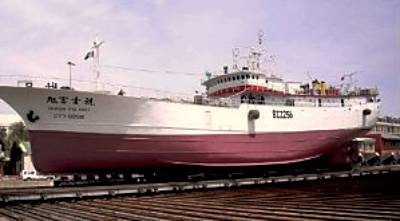WASHINGTON — The 72,000-square-foot National Intrepid Center of Excellence opened here today with the promise of being a world leader in the research, diagnosis and treatment planning for the signature brain injuries and psychological conditions of wounded warriors.
The $65 million center, built by private donations to the Intrepid Fallen Heroes Fund on the grounds of the National Naval Medical Center, will use “extraordinarily new and comprehensive approaches” to provide the next generation of care to servicemembers and their families, Dr. Thomas DeGraba, the center’s deputy director, told reporters at a media event yesterday.
“This is truly an outstanding gift that will be a treasure for the American people … and the world at large,” DeGraba said. “This center is an instrument of hope, healing, discovery and learning.”
The center is one of six created under the Defense Centers of Excellence for Psychological Health and Traumatic Brain Injury, established in 2007 to lead Defense Department work on brain science and treatment in collaboration with the Veterans Affairs Department, as well as academic and other institutions.
Navy Rear Adm. Matthew L. Nathan, commander of the National Naval Medical Center, said that institution, the Intrepid Center, and Walter Reed Army Medical Center, will collaborate in the research and diagnosis of brain injuries, including the elusive mild TBI, and psychological problems, and create individual treatment plans for servicemembers, with close interaction with families.
The Intrepid Center is not a treatment facility, DeGraba said, but instead will take patients who are referred from military facilities that can’t help them. They and their families, he said, are then sent to the Intrepid Center for about two weeks during which time they are evaluated by the center’s array of health professionals, including neurologists, radiologists, psychologists, physical and occupational therapists who will consider combinations of clinical and alternative remedies.
The Intrepid team will work to provide a diagnosis and treatment plan that the servicemember can return home with, DeGraba said. The center’s concierge and continuity service comprised of nurses and social workers will work closely with families to ensure they understand and support their servicemember through treatment, he said.
“We plan on some very novel and unique plans for treatment,” and will coordinate with medical providers at the servicemember’s home base to ensure long-term continuity of care, Army Col. George Nussbaum, deputy director of the center’s clinical and research support, said.
The center has capacity for 520 servicemembers and their families, and the Fisher House Foundation, will build an additional house, to add to two others it has on the medical center grounds, for giving families of wounded warriors a home away from home.
“Our capacity is limitless,” DeGraba said, noting the center is a research-sharing institution with reach around the world. Officials there also plan to use the “telehealth” resources of Internet and television for better outreach, he said.
Nathan said the Intrepid center will provide the best combination of art and science to diagnose and treat patients. It includes $10 million worth of the latest equipment to assess patients for diagnosis and treatment that includes the ability to view as many as 6,000 images inside the brain from one MRI, whereas most imaging equipment only shows the outside of the brain. And, virtual reality equipment is employed to assess a patient’s motor and cognitive skills, among others.
Source:
U.S. Department of Defense
Office of the Assistant Secretary of Defense (Public Affairs)

 von
von 